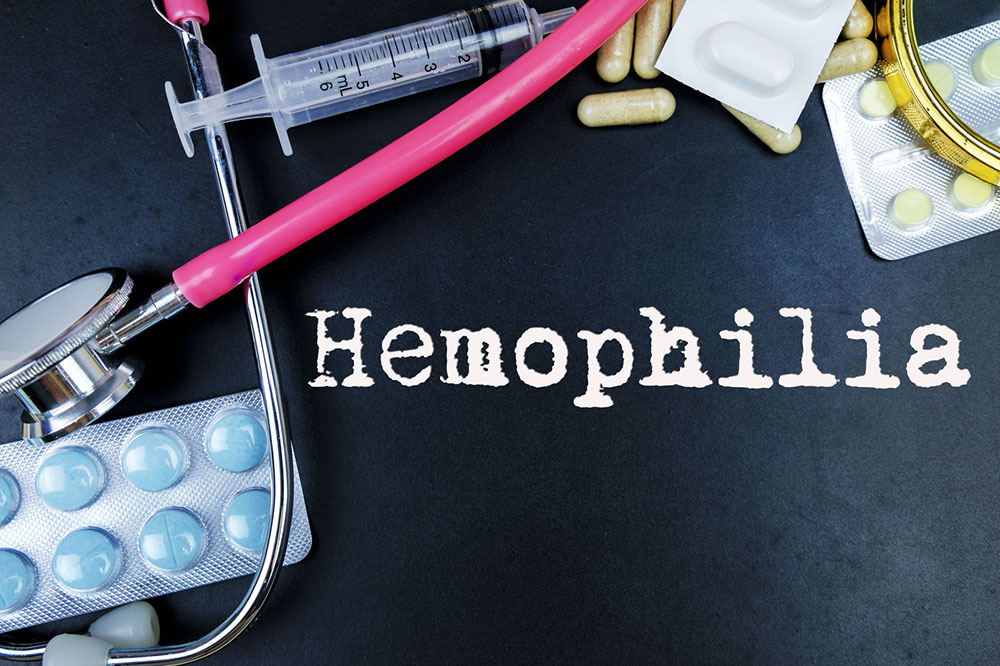
Hemophilia – Symptoms and Effective Treatment Options
Hemophilia is a hereditary condition wherein blood doesn’t clot properly, leading to excessive bleeding. It occurs due to the deficiency of proteins that act as clotting factors and help stop bleeding after an injury or cut. There are two forms of hemophilia: type A and B. The former is caused by the deficiency of clotting factor VIII, and the latter results from missing clotting factor IX.
The treatment of hemophilia depends on the symptoms, which can range from mild to severe. Let’s take a look at the symptoms and treatment options in this article:
1. Symptoms of hemophilia
- Bleeding in the joints
The initial symptoms of hemophilia could be internal and external bleeding. Patients with a mild form of this illness tend to bleed longer post-surgery in comparison to someone who does not have hemophilia. On the other hand, patients with a severe form of the condition may bleed without any reason. This type of internal bleeding could occur in the joints and result in swelling, pain, and tightness that makes it difficult for patients to perform their routine activity. - Muscular bleeding
Hemophilia also causes bleeding in the muscles, which results in tenderness, pain, and bruising in the affected area. This type of bleeding in children causes issues that impact crawling or walking. - Digestive system bleeding
The condition can lead to bleeding in the digestive system and result in bloody or black stools and blood in vomit. - Brain bleeding
The symptoms of hemophilia could also cause bleeding in the brain that causes headaches, sleepiness, seizures, and vomiting.
2. Treatment
After understanding the symptoms, let’s take a look at the treatment of hemophilia:
- Replacement therapy
The treatment plan depends on the severity of the condition and the patient’s overall health. Besides, the most opted treatment plan for this disease is clotting factor replacement therapy. This involves the intravenous administration of the missing or deficient clotting factor—clotting factor VIII for type A and IX for type B. The clotting factors are checked and treated to counteract any chance of viral infection. The treatment can be administered on a regular basis, and this is a popular preventive treatment option for hemophilia patients to prevent bleeding episodes or manage them when required. - Use of desmopressin
Patients of hemophilia A are often administered desmopressin, a human-made hormone, to manage mild bleeding episodes. The medicine is given in the form of an injection or nasal spray, but it is only provided in specific conditions since excessive usage can make it ineffective. - Antifibrinolytic medications
Pills like tranexamic acid and epsilon aminocaproic acid are utilized in combination with replacement therapy to prevent blood clots from collapsing.
Being aware of the symptoms and treatment of hemophilia can help facilitate early detection and prevent further complications.



